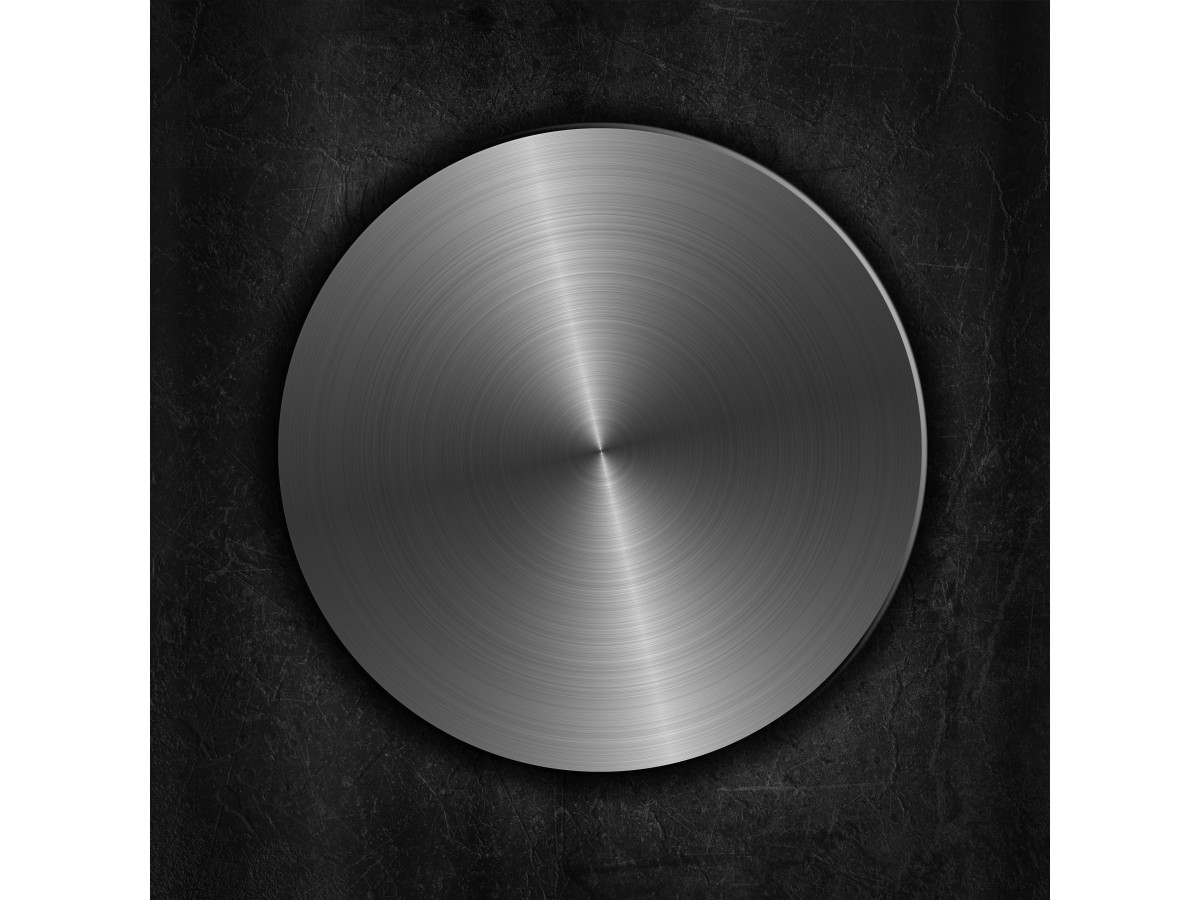Stainless steel round production has undergone significant changes over the past decade due to the implementation of innovative technologies and modern approaches to metallurgy. These changes have affected all stages of production: from steel melting to the final processing of finished products. Let's look at the key innovations that have significantly impacted the quality, efficiency of production, and environmental sustainability of the process.
Innovative Achievements
One of the most important achievements has been the implementation of vacuum oxygen decarburization (VOD) technology. This method has allowed for a significant increase in steel purity and improved its mechanical properties. The VOD process removes undesirable impurities, which is especially important in the production of high-alloy steel grades. Thanks to this technology, manufacturers have achieved a more stable chemical composition and improved metal structure.
Automation of production processes has been another significant advancement. Modern enterprises are equipped with robotic systems that monitor all stages of production—from loading raw materials to the final quality inspection of finished products. This has minimized the human factor and increased the accuracy of adhering to technological parameters.
Advantages of Modern Technologies
The main advantages of modern stainless steel round production technologies are:
- Modern machines ensure high precision of geometric dimensions with a tolerance of ±0.1 mm and improved surface roughness down to Ra 0.4, enhancing the quality of finished products and reducing the need for additional processing.
- New technologies allow for a 15-20% reduction in energy consumption, a 25-30% increase in productivity, and a 40% decrease in production waste, making production more economical and environmentally friendly.
- Modern equipment enables the production of large diameter rounds up to 1000 mm, opening new opportunities for the use of stainless steel in various industries.
- Thanks to optimized technological processes, the finished products have improved mechanical properties, enhancing their durability and reliability in use.
- Modern stainless steel production technologies aim to minimize negative environmental impacts, making this material even more attractive for use in various fields.
Significant progress has been made in the thermal treatment of stainless steel rounds. Modern furnaces are equipped with computer control systems that allow for precise maintenance of the required temperature regime. This ensures uniform heating of blanks and the attainment of a homogeneous metal structure throughout the cross-section. Innovative cooling systems enable an optimal balance between material strength and ductility.
How Has Material Quality Improved?
Quality control has also reached a new level with the introduction of the following non-destructive testing methods:
- Ultrasonic testing with phased arrays provides more accurate and detailed detection of internal defects, such as cracks and inclusions, thanks to the ability to focus the ultrasonic beam at any point of the examined object.
- Eddy current testing with multi-frequency converters allows for the detection of surface and subsurface defects, as well as assessing the thickness and uniformity of the material, thanks to a wide frequency range and sensitivity to various defect types.
- X-ray fluorescence analysis of chemical composition provides quick and accurate determination of the elemental composition of the material, allowing for control of its chemical uniformity and compliance with standards.
- Real-time spectral analysis allows for continuous monitoring of material composition during production, enabling prompt identification and rectification of deviations.
- Laser 3D scanning of surfaces creates accurate three-dimensional models of the product's surface, allowing for the detection of geometric deviations and shape defects, as well as assessing surface quality.
- Next-generation magnetic particle testing detects surface and subsurface cracks in ferromagnetic materials with high sensitivity and accuracy, thanks to the use of new magnetic powders and advanced imaging techniques.
In conclusion, it can be said that the innovations of the last decade have significantly improved the quality of stainless steel rounds, made their production more efficient and environmentally friendly. Continuous technological advancement continues, promising new improvements in the near future.

